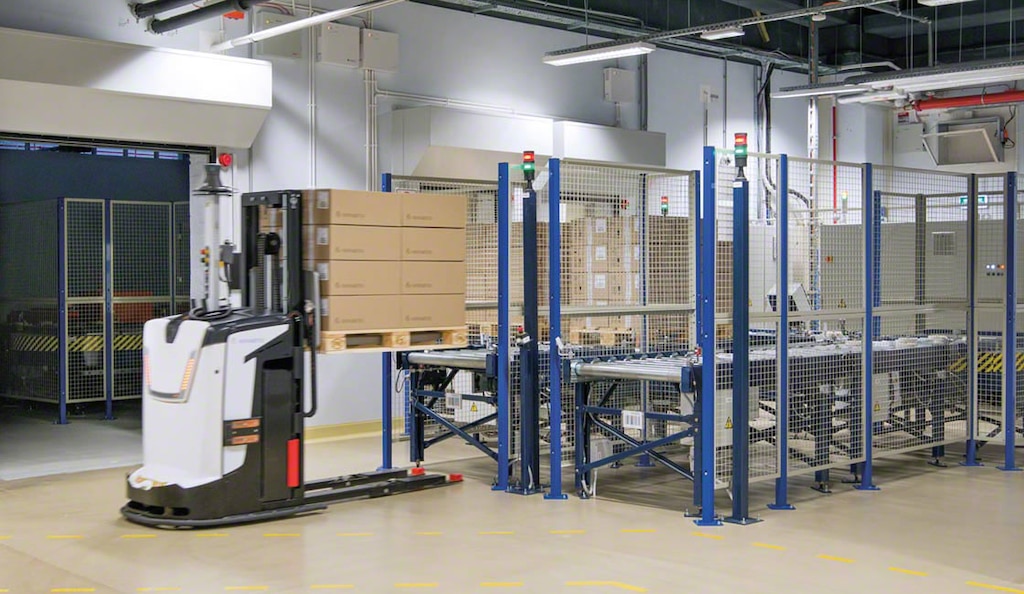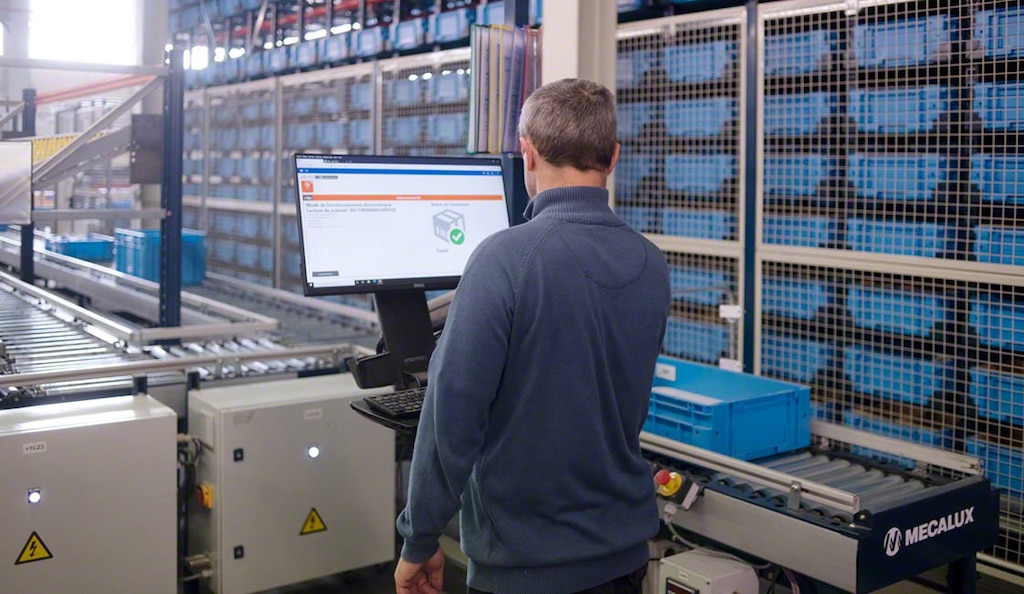
Just in time: Examples from companies across various industries
The success of just in time (JIT) relies completely on efficient, flexible coordination to guarantee timely deliveries and a continuous flow of materials.
What is just in time?
Just in time is an inventory management method based on the idea that items should be received or manufactured only when needed. This means goods must arrive in production or distribution centers precisely when products are about to be manufactured or delivered to customers. A typical just-in-time example would be a furniture manufacturer that receives wood and hardware right as it begins assembling a specific order. This approach helps avoid excess inventory and the costs of storing large volumes of goods. The ultimate goal is to create supply chains that are both efficient and flexible.
The just-in-time system contrasts with the just-in-case strategy, where businesses hold inventory in the event that it’s required. The main reason companies adopt JIT is to minimize the need for safety stock, which can drive up storage costs, strain cash flow, and lead to dead stock.
JIT company examples
The just-in-time model is used in a wide range of industries, including tech, retail, and foodservice. Below are some notable examples of how businesses implement just-in-time practices.
Automotive: Where just in time began
Over 30,000 parts can go into building a single vehicle. Given the complexity of car manufacturing, just in time is widely employed in the automotive industry.
Toyota is the pioneer of this inventory management method. Generally, the Japanese automaker doesn’t stock all raw materials at its production plants until customer orders are placed and large-scale manufacturing can begin. Instead, it keeps only the necessary quantities on hand to start production at any time. Accurate forecasting is critical for Toyota to maintain optimal inventory levels and ensure reliable service.

According to Toyota, just in time is one of the two main pillars of the Toyota Production System (TPS). The other is jidoka, which allows systems to stop automatically when an error is detected. Industrial engineer Taiichi Ohno developed the core framework for implementing the just-in-time method, while Eiji Toyoda applied it to boost Toyota’s manufacturing under the TPS.
Just in time in tech companies
Apple and Dell are two prime examples of just in time in the tech industry. Apple has successfully outsourced much of its production thanks to strong relationships with hundreds of key suppliers essential to its operations. This strategy has helped it become one of the most valuable brands in the world. While Apple does maintain a central warehouse, most of its inventory is in its retail stores. Just in time helps the business avoid overstock, keeping its supply chain lean.
Computer and tech accessories manufacturer Dell is another classic example of just-in-time implementation. The company began using the model in the 1980s, when it started producing custom-built computers. Dell only stocked raw materials for products that had already been ordered. This strategy allowed it to deliver faster than competitors offering only preassembled computers, positioning Dell as a leader in bringing advanced technology to market.
Fast food made just in time
Freshly prepared meals tend to be more appealing than pre-made ones, and fast-food giant McDonald’s uses this to its advantage. Its restaurants are stocked with everything they need to prepare meals — except for a few select ingredients — and employees don’t start filling orders until they’re received. McDonald’s staff also monitors inventory levels so that the kitchen can keep serving burgers in line with demand.

Just-in-time case study: Forma 5
A real-world example of just in time in furniture manufacturing is Forma 5, a Spanish company based in Dos Hermanas (Seville). Every day, the business makes 425 office workstations and distributes them to 60 countries — all while keeping inventory to a minimum through JIT principles.
To achieve this, Forma 5 efficiently coordinates with its 35 local suppliers and utilizes our company’s Easy WMS warehouse management system. The software oversees all inventory, from raw materials to finished goods. By connecting in real time with the 35 warehouses of its suppliers, Easy WMS gives Forma 5 full and immediate visibility into stock levels. Additionally, it enables a fast, uninterrupted production flow, ensures complete traceability of each unit, and eliminates errors.
Examples of how to apply just in time in the supply chain
Before adopting JIT for your supply chain, it’s important to consider certain aspects. While the just-in-time system has benefits, it also increases reliance on suppliers. Embracing JIT means diversifying sourcing strategies and establishing agreements that maintain a steady flow of goods.
Flexible systems that support quick changes on production lines and strict quality control are clear examples of just in time in action. This helps ensure recently manufactured or prepared products reach end customers in excellent condition.
In today’s fast-moving world, a digital inventory system is a competitive edge for maintaining profitability and supporting business growth. If, like Forma 5, your company wants to optimize inventory management, a specialized solution like Interlake Mecalux’s Easy WMS can streamline operations. Contact us to improve your supply chain, reduce costs, and strengthen your market position.
